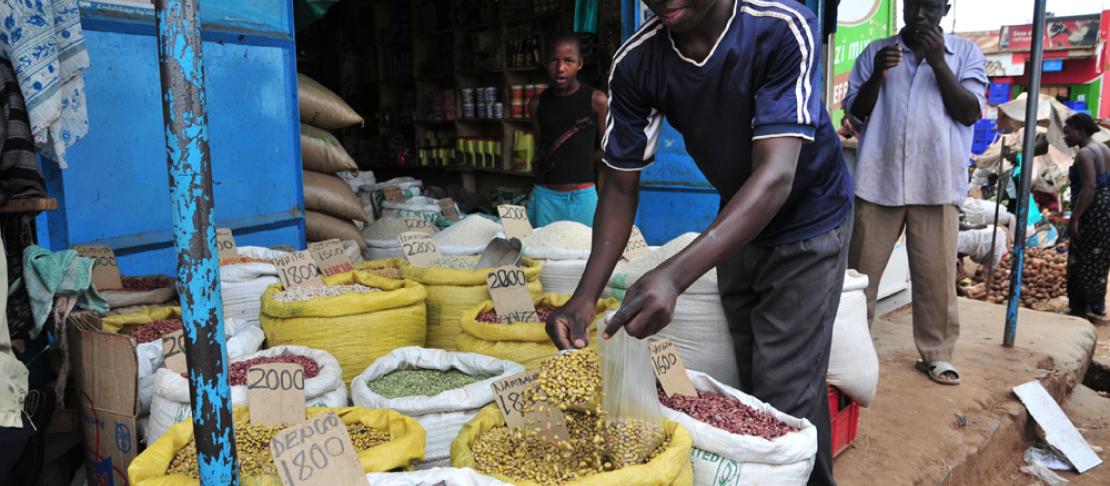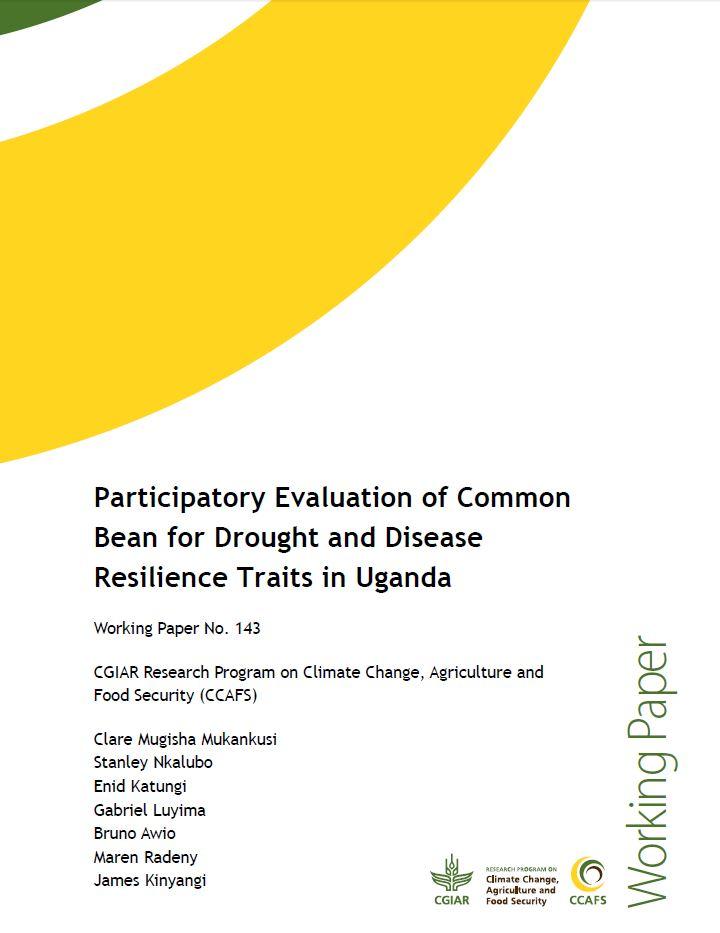Yield, marketability: key factors for bean selection by farmers

What determines farmer adoption of bean varieties? Study finds yield, marketability and adaptability as key.
Common beans, grown on more than 6.3 million ha annually and consumed and traded by more than 100 million households, are vital to Africa’s struggle in achieving the sustainable development goals of ending poverty as well as target two: ending hunger, achieving food security and improved nutrition and promoting sustainable agriculture.
Beans provide an inexpensive source of protein for rural and urban households, especially in Eastern and Southern Africa. However, production is greatly curtailed by several environmental stresses, notably, drought, excessive rain, flooding, heat, and cold temperatures as well as biotic constraints that include field and post-harvest pests and diseases.
A recent study by researchers from the Pan Africa Bean Research Alliance (PABRA) based at the International Centre for Tropical Agriculture (CIAT) in Uganda evaluated different varieties of common beans with farmers in two sites in Uganda. The study was supported by the CGIAR Research Program on Climate Change, Agriculture and Food Security (CCAFS). The aim was to establish the factors influencing bean productivity, learn about farmers’ preferences and selection criteria, including heterogeneity among different social classes and gender under the prevailing climatic conditions.
Key findings
Farmers’ variety (those commonly grown by farmers) was ranked relatively higher by farmers compared to some other improved varieties; an important lesson for breeders working to enhance the adaptation of crop varieties to climate change.
Overall, marketability (based on seed size and colour), yield and adaptability were the main factors influencing farmer selection of a particular bean variety. Other factors included climate-related traits, with women more likely to attach higher importance to these traits compared to men. The results indicated high acceptability of some few promising bean varieties that can be promoted to a wider community, increasing the stock of bean varieties available to farmers for coping with climate variability.
Some key lessons emerged from the findings: first, making blanket variety and management recommendations to cover large physical areas is erroneous. Site and context specific recommendations, especially in the view of the variability in climatic conditions and soils are probably the best option. Second, the results highlighted the need for plasticity in bean varieties—ability to change structure and function when exposed to changes in the environments hence suitability to a wide range of environments—in addition to having farmer preferred traits. Lastly, the project also highlighted the ability, capacity and willingness of farmers to adopt and adapt new technologies in the face of varying climate scenarios.
Read more from an article on SciDevNet published by Bruno Awio and Inga Vesper: Science meets farming to reveal Africa’s best bean
Download a related working paper: Mukankusi CM, Nkalubo S, Katungi E, Awio B, Luyima G, Radeny M, Kinyangi J. 2015. Participatory Evaluation of Common Bean for Drought and Disease Resilience Traits in Uganda. CCAFS Working Paper no. 143. Copenhagen, Denmark: CGIAR Research Program on Climate Change, Agriculture and Food Security (CCAFS).
Update prepared by Vivian Atakos from a working paper written by Mukankusi CM, Nkalubo S, Katungi E, Awio B, Luyima G, Radeny M, Kinyangi J




